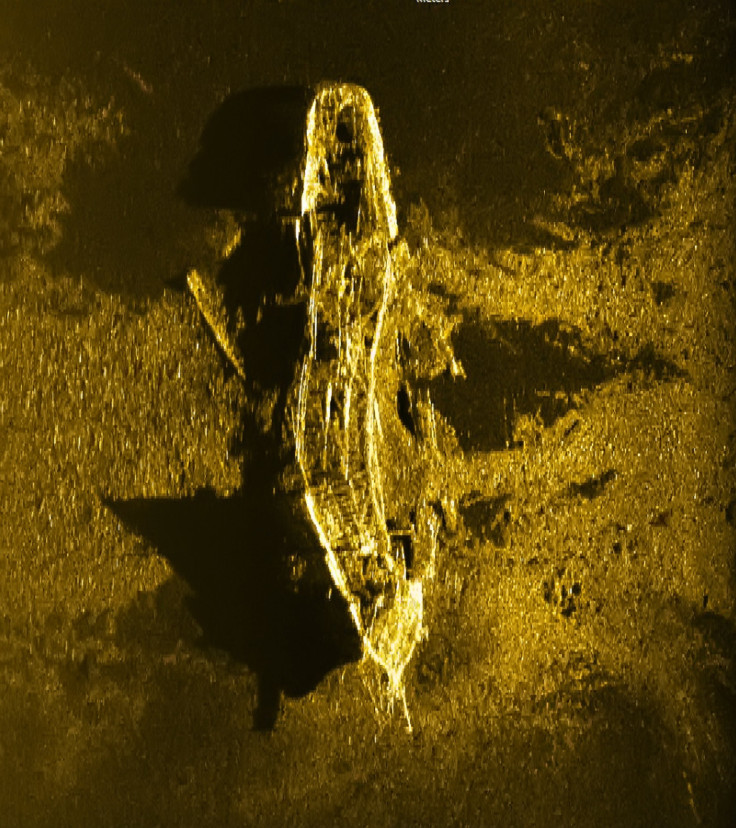Flight MH370 Search: 19th Century Missing Ships Found, Plane's Whereabouts Remain Unknown

The search for the missing Malaysia Airlines Flight MH370 may have solved two 19th century mysteries, researchers say. Two shipwrecks found during the underwater search for the Boeing 777-200 in a remote part of the southern Indian Ocean were merchant vessels that sank nearly 140 years ago.
The ships, discovered 1,400 miles off Western Australia, were identified as coal-carrying British vessels through sonar pictures and shipping records. The short list of possible identities of the shipwrecks was published Thursday by maritime historians.
The shipwrecks were found in 2015 in the course of the initial 274,000-square-mile search for the missing jetliner, which disappeared on March 8, 2014, with 239 people on board while on its way from Kuala Lumpur to Beijing. The multimillion-dollar hunt for the plane yielded no concrete clues as to the whereabouts of the jet.
On Thursday, Ross Anderson, curator of maritime archaeology from the Western Australian Museum said one of the shipwrecks, found in December 2015, was likely to be one of three vessels: the West Ridge (lost in 1883), Kooringa (1894) or Lake Ontario (1897). The other vessel, found around May 2015, could either be the W. Gordon, which had been bound for Australia in 1877, or the Magdala, which was lost in 1882 while traveling to Indonesia.
"The evidence points to the ship sinking as a result of a catastrophic event such as explosion, which was common in the transport of coal cargoes," Anderson said. “These are the deepest wrecks so far located in the Indian Ocean, they’re some of the most remote shipwrecks in the world.”
Several vessels used sonars to locate Flight MH370 in remote seabed at depths of 20,000 feet. However, the futile search was called off by Malaysia, China and Australia last year. The shipwrecks were found during this search.
Earlier this year, Malaysia agreed to pay United States firm Ocean Infinity up to $70 million if it found the plane during a search effort that is underway and expected to end in June. The company signed a "no cure, no fee" deal with the Malaysian government under which the payment will be made only if the plane is found.
“I am pleased to say our technology has performed exceptionally well throughout the search and that we have collected significant amounts of high quality data in which we have full confidence,” CEO Oliver Plunkett said, adding that he and the company are "determined" to find the missing jet. “The results from the highly challenging Broken Ridge feature are particularly impressive.”
The biggest lead in the investigation into the disappearance of Flight MH370 came when a plane flaperon was found by villagers on Réunion Island in 2015. Later, authorities confirmed the flaperon belonged to the missing jetliner. In the following months, several wreckages washed up on islands in the Indian Ocean, of which three items of debris was confirmed from MH370 — the right flaperon, a part of the right outboard flap and a section of the left outboard flap.
While the search for the plane continues, several conspiracy theories surfaced after the plane went missing with some saying the pilot deliberately crashed the jet while others hinted at a hijack. However, authorities confirmed none of the theories.
© Copyright IBTimes 2024. All rights reserved.





















